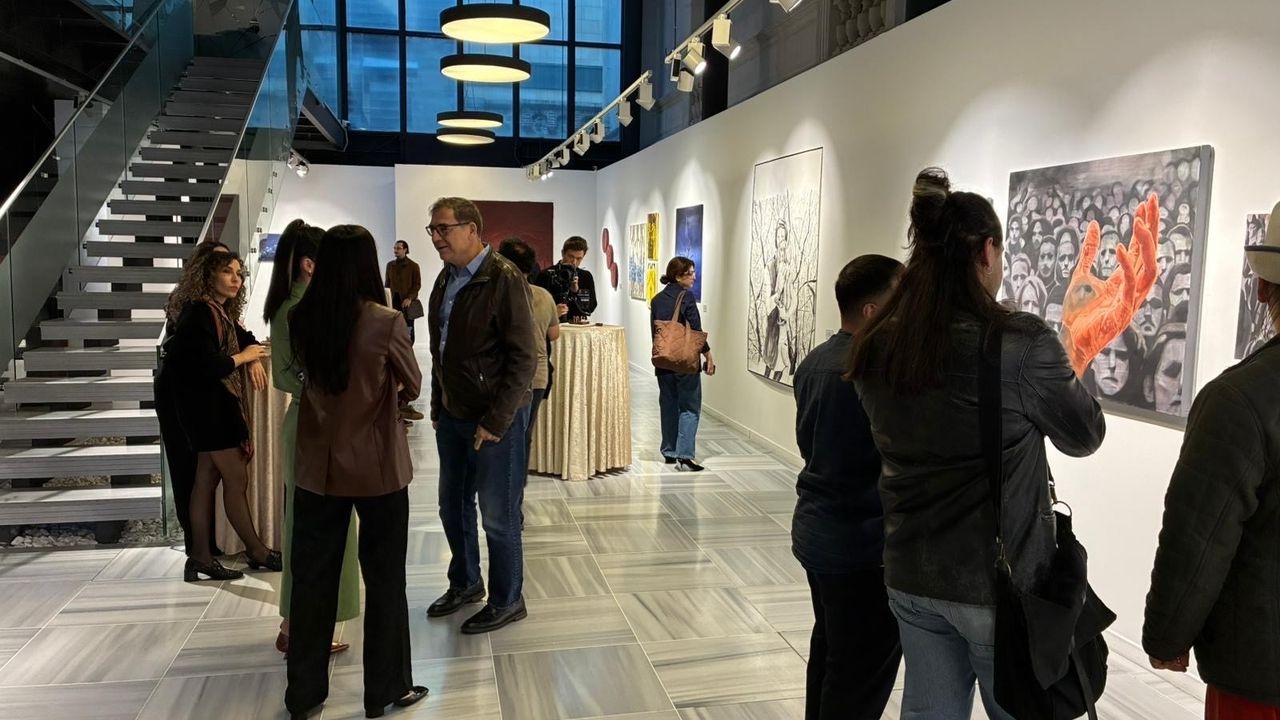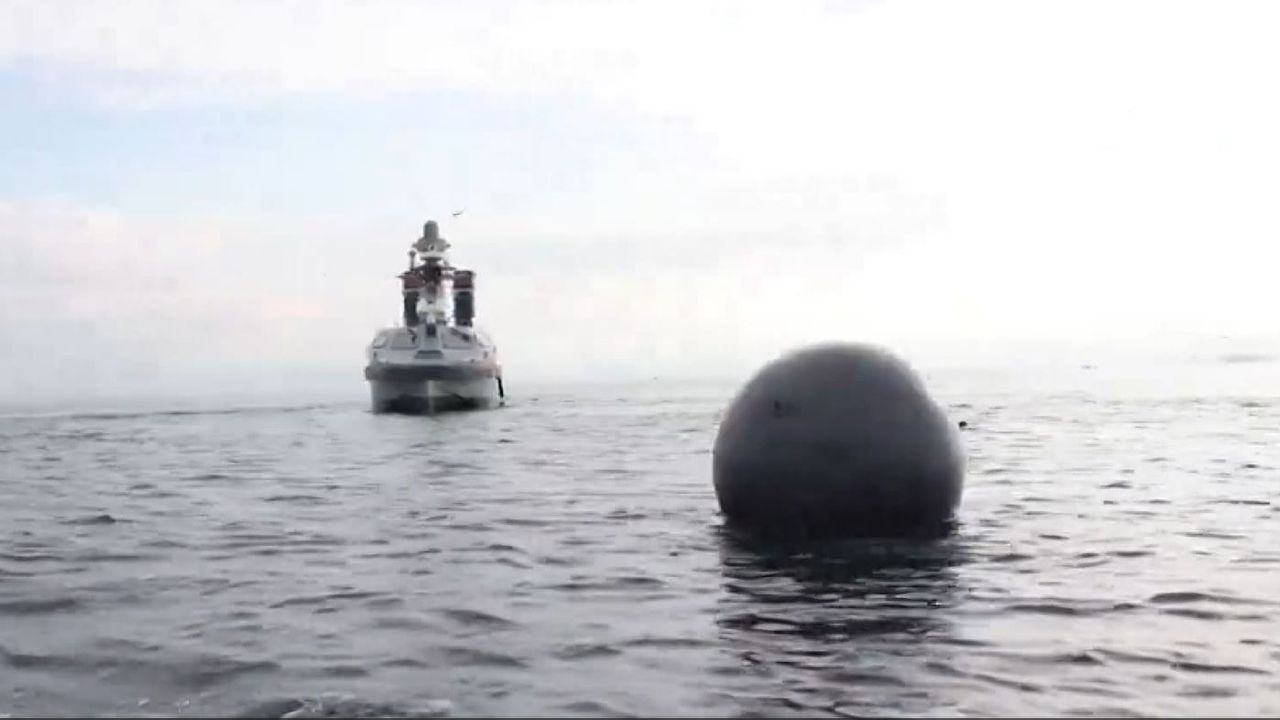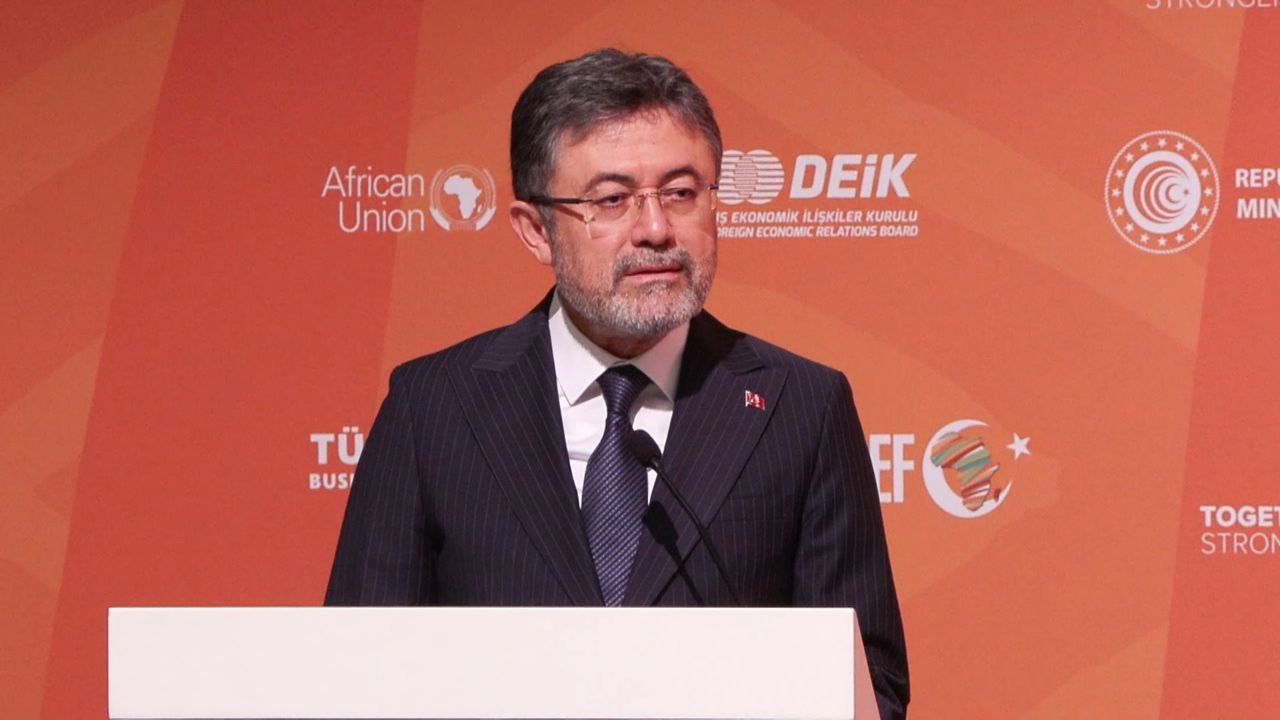Creative Destruction

This year's Nobel Prize in Economics was awarded to three economists who explored how growth becomes sustainable. The central thesis of Philippe Aghion, Peter Howitt, and Joel Mokyr is: "Economic growth comes from innovation. But every innovation creates space by destroying old ones." This idea is called "Creative Destruction." New technologies emerge, productivity increases, and efficiency rises. However, some jobs, professions, and sectors are left behind. In other words, innovation creates both winners and losers.
GOLD IS THE MIRROR OF THIS THEORY In recent years, the world has been on the brink of a new era, led by artificial intelligence and automation. AIs like ChatGPT are writing, robots are producing, and algorithms are making decisions. Stock exchanges are pricing in this technological revolution. But simultaneously, gold, considered the “symbol of the old world,” is experiencing one of the strongest periods in its history. This brings to mind the question: Why do people still seek refuge in gold in the age of technology? At first glance, this may seem like a paradox. Yet, the answer lies precisely in the Nobel Prize-winning theory: “Innovation brings growth, but it also creates uncertainty.” Gold is the symbol of this uncertainty. Stock exchanges price the “creative” side, while gold prices the “destructive” side. LIGHT SHINES, SHADOWS LENGTHEN Every technological revolution initially creates great enthusiasm. Steam engines in the industrial revolution, computers in the internet revolution… Today, artificial intelligence plays the same role. But every transformation, over time, brings with it waves of unemployment, income inequality, and the pains of a new order. Gold is an early harbinger of these woes. Today's gold pricing doesn't say, "Everything will go bad." But it does say, "It might not be true that everything is going so well." In other words, one part of the market believes in the power of innovation, while another remembers the Nobel Prize's warning: "Growth must be sustainable. For this to happen, the system must be flexible and resilient." Gold is a symbol of this resilience.
THE TRUST TEST OF MODERN TIMES Today, technology giants (Apple, Nvidia, Microsoft, etc.) are taking the stage with trillion-dollar valuations. Artificial intelligence is in the news with claims that it will “reshape the world.” Yet, despite this, demand for gold is very high, and prices are breaking records. Because technology accelerates, but trust is still built over time, that is, with patience. GOLD AND CREATIVE DESTRUCTION In the early 2000s, during the internet boom, the price of an ounce of gold was $300. When the dot-com bubble burst, it exceeded $400 in 2 years. In 2020, with the pandemic, the world was caught up in the “digital economy” craze. While tech stocks were breaking records, gold hit the $2,000 level. Today, we are in the age of artificial intelligence. The picture is the same. The Nasdaq technology index is at its peak, but gold is also at a record high. Because every technological leap also tests people's sense of trust. In short, stock markets buy the winners of the future, while gold pays the price of that future upfront. Gold is the quietest yet most honest narrator of the age of "creative destruction." Because every growth story contains a touch of hope and a touch of fear.
ntv





